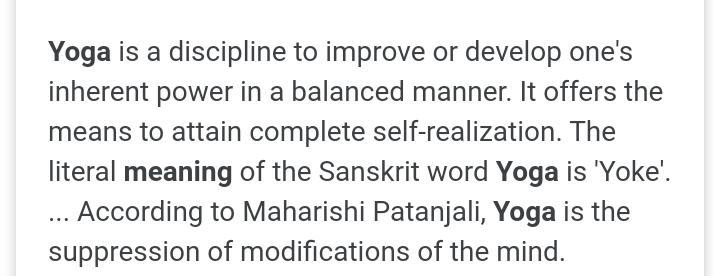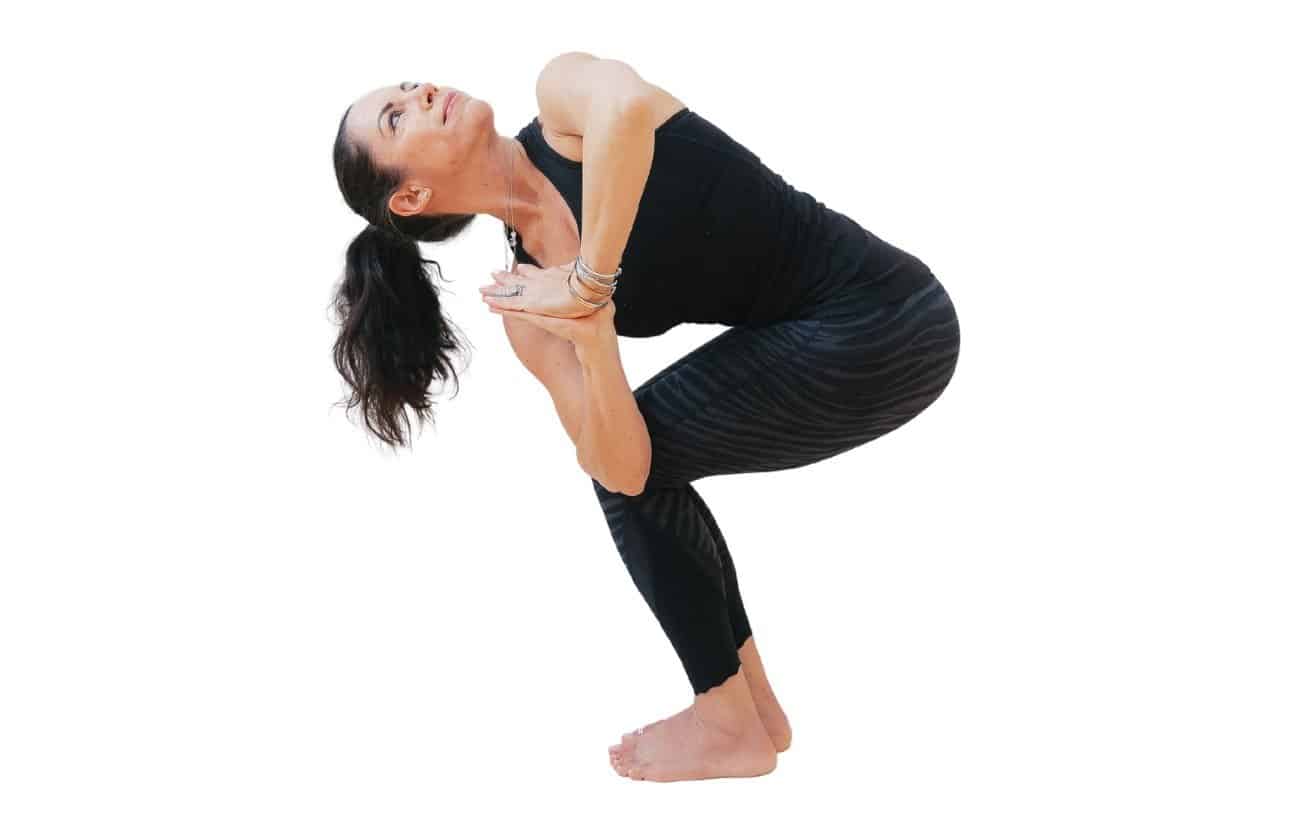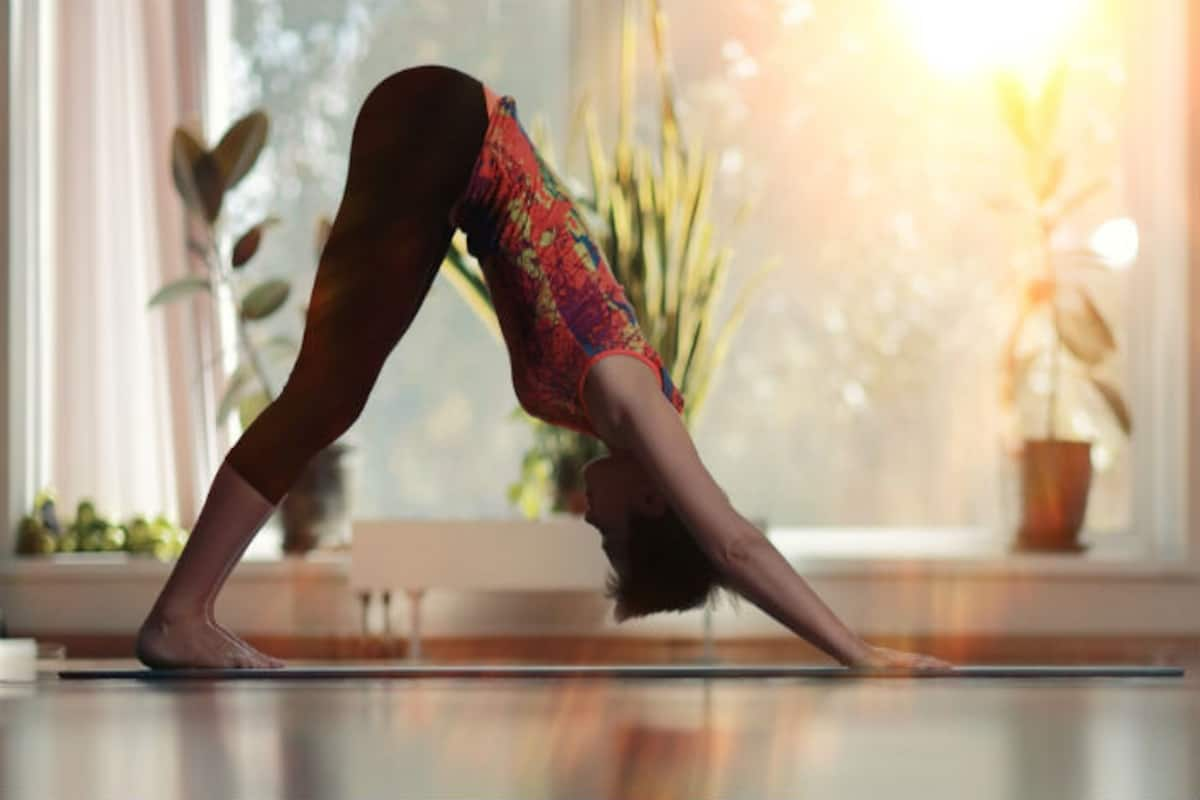
Here you will find information about yogajnana. I'll be sharing with you the Three Steps for Self-Realization In Yoga Jnana in this article. You will also learn about Ramana Maharishi, Jivanmukta, and other great spiritual teachers. You should be able make your own decisions and find peace in the end of this article.
Three steps to self-realization with yoga jnana
Yoga jnana is a study of the nature, mind and self. It is the journey to self-realization that uses the mind and the thoughts to reveal the truth. This is a path that requires transcending the intellect to attain experiential knowledge of God. This is a difficult process that requires discipline and a well-researched mind. When you practice yoga jnana you will be able balance the doshas or three types mind.
It is important that you understand the stages of yogic practices and the path they take before you start a Jnana Yoga program. First, distinguish between self and non-self. You need to learn to let go from worldly possessions as well as the ego. You must also master the four pillars or "dharma", as they are known in Sanskrit. Fourth, let go of any attachments that lead to stress and depression.

Four pillars of knowledge
Jnana Yoga, one of the oldest branches of yoga, is a path that emphasizes knowledge and self-realization. Jnana Yoga is one of the most difficult paths to enlightenment. It involves intense spiritual practice as well as discipline. It is the path that leads to the union of the mind and the body. This is the most difficult path, as it requires the mind to transcend its intellect and concentrate on the true nature of oneself.
A person must master Hatha, Karma, or Bhakti Yoga before they can move on to the Four Pillars of Knowledge. These disciplines prepare your body, mind and heart for Jnanayoga. A qualified teacher is recommended. They will help you along the way and provide individual instruction. These four pillars are essential to Jnana yoga.
Jivanmukta
Jivanmukta means that Jivanmukta does not need to adhere to a physical body nor exert himself to acquire limited objects. In this state, the consciousness is all-inclusive and is able to attract any object required for personal existence. In other words, Jivanmukta is the Self, the One, who does without acting, enjoys without desiring, and acts with compassion for others.
Attained jivanmukta, the sage has freed himself from egoism and now sees One Brahman to be the universe. The individual consciousness is what is consumed by Brahma-jnana's fire because the Self-consciousness within the soul is strong enough to sustain it physical body. But, Self-Realization of the Self can be a lifelong process.

Ramana Maharishi
Ramana Maharishi's yoga teachings offer a unique and profound approach to the question, "Who am I?" His first teaching was silence. This was what he used as a way to quiet people and give them direct experience. These words are meant for people who have not yet become attuned with the subtle, quiet emanations of reality. Yoga Jnana is a valuable resource for yoga practitioners and laypersons alike.
Sri Ramana relates one of his techniques to the process of grazing cattle. India does not have fences or gates, so cattle can freely roam the fields and graze elsewhere. In order to force the cattle to leave the field, the farmer will often beat them. The cattle suffer from ignorance and lack of understanding about the boundaries.
FAQ
Are yoga mats necessary?
Not necessarily. Many studios offer mats to students. These mats are made from rubber and are very easy to clean.
You may also choose to purchase your mat. You will have a good mat for many years.
Can I do yoga every single day as a beginner and still be able to practice?
Yoga can be a great way of strengthening your body and stretching. It is also a great way to relax and release stress. It doesn't take a lot of knowledge to begin practicing yoga. Aim to practice yoga 20 minutes per day for beginners.
This will give you enough time to get started. Gradually increase the time spent practicing.
Who would most benefit from yoga practice?
People who are looking to improve their quality of life and increase their fitness level are the target market for yoga. People who are looking to improve their balance, flexibility, and posture.
They might also be looking to gain or lose weight. They may be interested in reducing stress or anxiety and finding peace of mind.
These people have disabilities such as arthritis, back pain, diabetes and heart disease. Yoga is especially helpful for those with disabilities.
Does yoga make me look like a hunk?
No! It won't make you appear like a Hollywood superstar after you do yoga. You will look toned, stronger, flexible, and leaner after you do yoga.
Do you offer yoga classes for those with special needs?
Yes, many yoga studios offer specialized classes to accommodate people with disabilities. These include:
-
People with disabilities that are physically challenged who wish to improve the quality of their posture
-
People with limited mobility
-
People with arthritis
-
People who are recovering from injuries
-
Seniors
These classes are for anyone you know who would benefit.
How long does it take to become a yoga pro?
It depends on the style of yoga you are practicing. Some styles are slower than others. Even if you are just starting, you can still expect to improve.
The more you practice, your performance will improve. After a few weeks of consistent practice, you will notice improvements.
What is the main difference between yoga, pilates, and other exercise?
Both pilates and yoga are great workout programs, but they have different methods. Both are based around stretching, but yoga is more focused on challenging your core muscles to build strength.
Pilates emphasizes core strengthening and balance. Yoga can be used in conjunction with pilates.
Statistics
- Start your Fall off right with 20% off All Access Membership when you sign up by 9/25! (corepoweryoga.com)
- Lock in 25% off your Founding Member rate. (corepoweryoga.com)
- According to the Agency for Healthcare Research and Quality, falls are incredibly common among older adults in nursing facilities. Even the simplest ones can increase the risk of death (24). (healthline.com)
- Gentle yoga has been shown to ease some of the discomforts of tender, swollen joints for people with arthritis, according to a Johns Hopkins review of 11 recent studies. (hopkinsmedicine.org)
- A 2020 review of 27 studies (1,805 total participants) of yoga interventions in children or adolescents found reductions in anxiety or depression in 70 percent of the studies, with more promising results for anxiety. (nccih.nih.gov)
External Links
How To
Is yoga a good option for menopause symptoms?
Yoga is an ancient Indian practice that focuses on yoga, meditation, and breathing. It has been practiced for thousands of years as a way to stay fit. It has been increasingly popular in recent years as people look for alternative ways to stay healthy and active during times of stress or illness.
Yoga is about using physical positions (asanas), to strengthen muscles, improve posture, and increase flexibility. This helps to relieve tension and build strength and stamina.
There are several types of yoga. Each type is focused on different aspects of the human body, such relaxation, breath, stretching, or breathing.
All types of yoga are meant to help you achieve harmony within your body and mind. Yoga benefits include better fitness, better sleep quality as well weight loss.
Many studies have shown yoga to be effective in treating anxiety, depression and insomnia. It isn't clear if yoga can be used to treat other health issues, such as symptoms related to menopause.
Yoga helps you feel happier, healthier, and more fulfilled. It also teaches you how relax and manage stress situations. These skills could prove useful when you are going through menopause.
Important to remember that yoga can cause muscle pain after exercise. Therefore, it is advisable to start with a low intensity level. You should consult your doctor if there are any concerns regarding your medical condition.